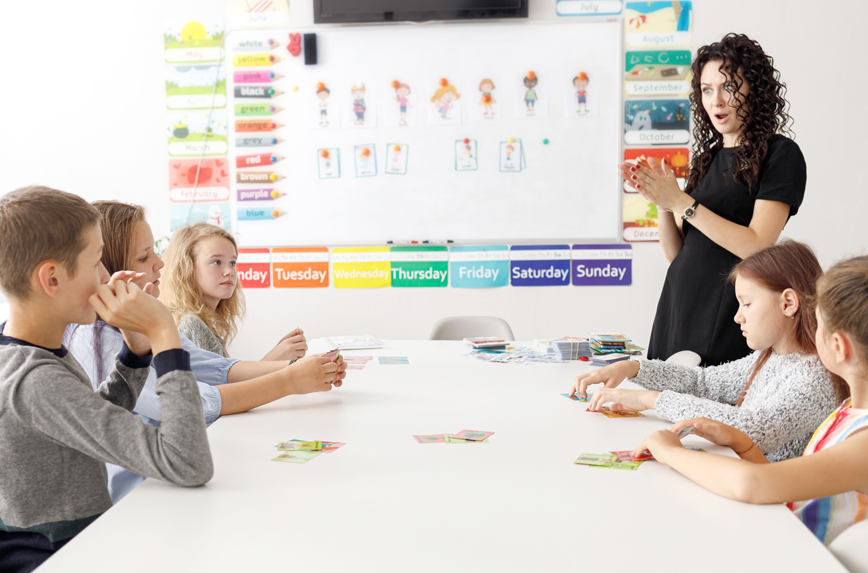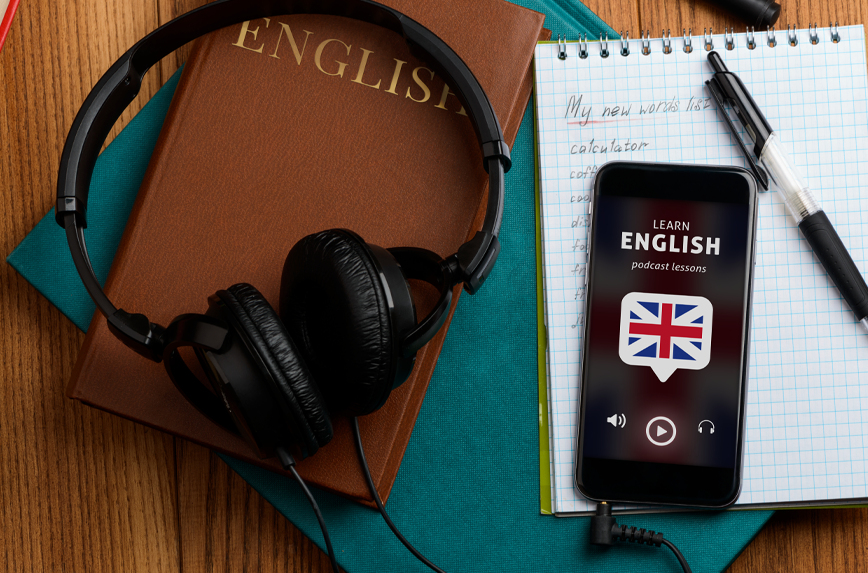
English language teaching for different learning styles
Teaching English as a second language requires adaptability. Each student has unique abilities and learning styles that influence their information processing, which demands differentiated teaching methods. Implementing varied approaches improves language acquisition and prepares students to use English in real-world contexts.
What are learning styles?
Learning styles are students’ individual preferences for processing and retaining information. Each student has a preferred method that influences her performance and how she interacts with the educational material. Identifying these styles allows educators to design lessons that maximize each student’s potential and create an inclusive and effective learning environment.
Teaching strategies for different learning styles
In a diverse English classroom, it is crucial to adapt teaching strategies for different learning styles: visual, auditory, kinesthetic and multimodal. Applying specific methods for each style improves language understanding and fosters an inclusive and effective environment. Below, we present strategies to optimize the potential of each type of learner, ensuring active participation and maximum performance in learning English.
Visual learning
Visual learners learn best through pictures, graphs, and diagrams, and tend to remember information they see more easily than information they hear. In the context of teaching English, this means that these students benefit greatly from methods that incorporate visual elements into the study material, such as the following:
- Flashcards: To teach irregular verbs, teachers can use cards with pictures that represent each verb. For example, a card with a picture of a person running with the word “run” on one side and “ran” on the other.
- Videos and visual presentations: In a class on tenses, teachers can use PowerPoint presentations that include graphs and tables that show the structure of tenses, as well as visual examples and videos that demonstrate their use in real-world contexts.
Auditory learning
For these students, it is essential to use methods that involve active listening and the production of sounds, since they retain information better when they hear it. Music, conversations, recordings and rhymes are powerful tools that can transform an English class into a more accessible and engaging experience for them.
- Conversations: During a current affairs lesson, teachers can organize debates in which students discuss recent news in English, allowing them to practice active listening and speaking.
- Songs and rhymes: Teach vocabulary and grammatical structures through songs. For example, using nursery rhymes to teach the alphabet or popular songs to practice tenses.

Kinesthetic learning
Kinesthetic learners learn best through movement and manipulation of objects. They benefit from a practical and tactile approach, where learning involves actively interacting with the material. Here are some strategies that make learning more dynamic, fun and effective:
- Active learning: During a lesson on prepositions, teachers can organize an activity in which students have to move objects around the room according to instructions, such as “place the book on the table” or “put the pencil under the chair.”
- Manual projects: Students can create models or posters on topics studied, such as “My Dream House,” where they design and label each part of the house in English.
Multimodal learning
Multimodal learners prefer a combination of learning methods, integrating visual, auditory and kinesthetic styles. By adapting lessons to include this mix, teachers create a more inclusive and effective learning environment. Here are some specific strategies to help students with this type of learning:
- Multisensory lessons: In a weather lesson, teachers can use a combination of videos, sound recordings (such as the sound of rain or wind), and hands-on activities such as creating cotton clouds to represent different types of weather.
- Group projects: Organize group projects on cultural topics, where students research, present and carry out practical activities, such as preparing a typical dish from an English-speaking country and describing the process in English.
Benefits of adapting your classes to various learning styles
Implementing teaching strategies that address different learning styles in English classes offers numerous benefits for both students and teachers. Here we highlight some of the main benefits:
- Improved Comprehension and Retention
- Increased commitment and motivation
- Development of diverse skills
- Inclusivity and equity
- Reduction of stress and anxiety
Conclusion:
Teaching English to diverse students requires adapting strategies to their different learning styles: visual, auditory, kinesthetic and multimodal. This improves language comprehension and creates an inclusive environment.
Effectiveness in teaching English depends on the teacher’s flexibility and creativity to use various methods that allow the active participation and maximum potential of each student. Addressing these differences improves academic outcomes and fosters a collaborative learning community.
Inclusive English teaching empowers students to communicate confidently in a globalized world, preparing them for future challenges and fostering a love of learning.




